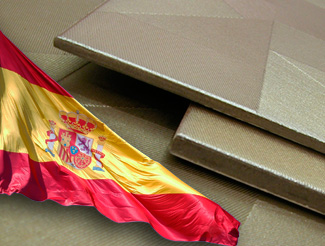 by Alfredo Ballarini16
Maggio
2014
by Alfredo Ballarini16
Maggio
2014
Spanish ceramic industry's (quite successful) 2012 performance
Spain boosts sales, industrial stability leads to a rise in profitability which is necessary to cover heavy tax burdens
That’s what stands out from the latest balance sheets from the Spanish ceramic tile sector (year 2012). The analysis has involved 87 Spanish firms representing over 90% of the whole sector.
In 2012 the Spanish ceramic tile industry chose to boost sales on markets with a higher rate of trading risk such as North Africa, South America and Asia. This choice has proven a good one, bringing to a +4.43% turnover increase and to a 30.29% added value of the turnover. The boost in sales (due to increased volumes and reduced unit pricing) hasn’t weighed excessively on added value of the sector, which lost only a 0.5%. Another positive factor comes from Ebidta which has increased from 9.48% to 10.97% in only a year: this has been possible thanks to higher productivity and strict cost controls, in particular employment costs that at the end of 2012 reached 18.82%.
Alarming news come from tax burdens: Spanish firms pay over 4% of their turnover to banks, pointing out a particularly unbalanced financial mechanism pending towards banks (over 25% of funding sources, with a 1/3 ratio for short-term and 2/3 for medium and long-term).
This leads to a slight increase in profitability in 2012 (+0.17%) after two consecutive years of slightly negative results: -0.47% in 2011 and -0.34% in 2010.
The Spanish ceramic industry is more vivid, economically speaking, than the Italian one. But Italian firms have a more prudent and efficient financial management thanks to a more thoughtful and balanced management of resources.